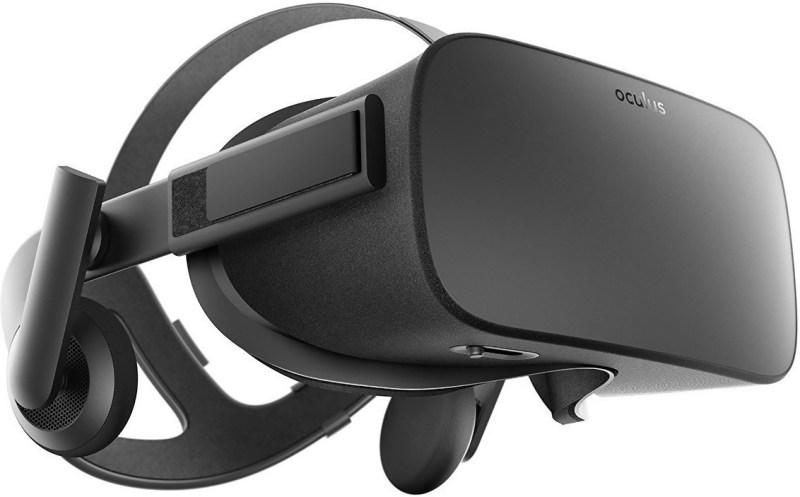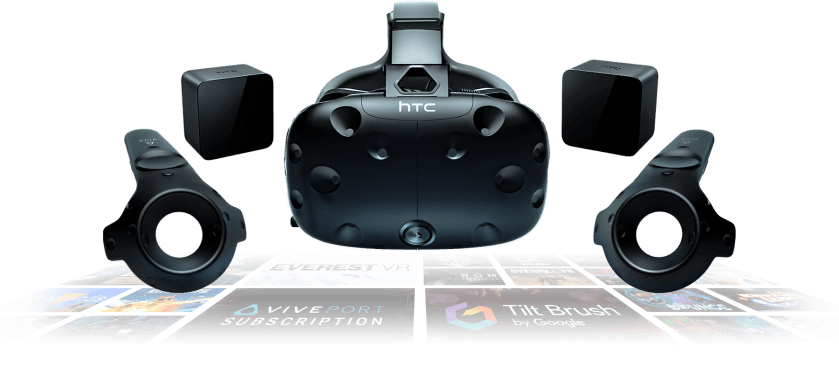Spanish version here.
We have spent some time working on the programming and adaptation of our game for Oculus Rift and HTC Vive. Originally the game was only going to work on a standard monitor, but due to some circumstances we were asked to do on a project, we decided that it was definitely worth it to include the possibility of playing with virtual reality glasses.
These conclusions that are commented on below are totally personal and subjective, and are not intended to demonstrate anything or to affirm anything. They are simply the result of weeks of hard work with the glasses, using them for testing and verification.
For example, because of these tests, we had to take off and put on our glasses all the time. This has allowed us to assess aspects as specific as the ease of placement and use. So let’s look at some general ideas about the two virtual reality glasses.

Presentation.
The presentation of the two glasses, both the Oculus and the HTC, is really good. It would seem that one has been inspired by the other. We don’t know and it doesn’t really matter. What is certain is that all the material comes perfectly packaged and protected, giving a feeling of top-of-the-range product from the very first moment. The materials are quality, and the finishes are excellent. There is no doubt that both products deserve the highest marks in this respect.
Installation.
The installation in both cases consists of following the quick instructions that are delivered with the glasses, being the whole process of driver installation and configuration of the glasses very simple. We have observed that the Oculus require a few more steps to correctly configure the glasses, but, in contrast, the HTC require that the two position sensors be placed on both sides of the room, in the upper part of the room, on the wall, or on a shelf. It also incorporates an external box that centralizes all data and power connections.
In general with both devices we will have a feeling of extra wiring, but the external HTC box allows a feeling of greater organization. In addition, the external sensors of the HTC have their own power socket, this must be taken into account. The cables are long but we will need two outlets, one per sensor, and in the positions where we want to place them to cover the area we require.
This can be a problem in some homes depending on where and how you want to place the sensors, which should be in high ground and look at each other. The advantage is that, once placed, the playing area is as large as the resulting square or rectangle. The advantage of the Oculus is that the only sensor is placed on the table, but the disadvantage is that its viewing area is smaller, and requires one more USB 3 socket to operate. HTCs allow you to set up your playing style right from the start, whether you are sitting/standing or moving. Let us be careful with this last option. If we are going to move around the room, there should be no obstacles that we can break through, or that can hurt us. Everyone should evaluate this aspect according to where they want to place and play with the glasses.

Interaction and ease of use.
Here our impression is clear: the Oculus are impressive glasses, with excellent finishes and visual quality. But the HTC Vive are also great, with one advantage: they come with two fantastic controllers perfectly adapted to be programmed and used. They are wireless, and the system recognizes them perfectly, integrating them immediately into the virtual environment. These controllers allow a lot of interaction with the games. The Oculus have only one Xbox controller as an interaction tool, and a very simple little sensor. HTC controllers quickly become what programmers have designed, making the games much more realistic. This aspect undoubtedly gives HTC a clear advantage, at least that’s how we understand it.
Visual quality and contents.
This is a very subjective aspect. We will give our opinion. From the point of view of both programmers and players, we think that Oculus has a content problem, and the incorporation of new content, as well as a problem of interaction with programmers. At Oculus, the quality control department demands a high level of content for the store, which we think is very appropriate. The problem is that they do not report what problems they detect in content that is uploaded for review, which greatly limits the possibilities of creating such content adequately. We have seen it, but we have also seen it happen in other companies, some of them on an important level. This creates a climate of uncertainty in these companies. We expect the Oculus quality department to review these policies, which have been in place for quite some time.
In terms of pure content, and precisely for the above reason, it is very common for content for Oculus to end up in the Steam shop. This allows Steam to increase its level of product content, with some better and some worse products clear, but content at the end of the day. There is a paradox that Oculus’ tent feeds Steam’s tent. And some of those products that arrive at Steam could have been very well appreciated at the Oculus store. Steam clearly wins.
In the case of HTC Vive, Steam has a product that is fully integrated, which obviously means that the user is in an environment that is fully adapted to the Steam philosophy right from the start. This gives an advantage we believe is important to HTC over Oculus.
The visual quality of both glasses is very high. In terms of image, we think Oculus might be one point above HTC, but it depends a lot on the game and the circumstances. Others, however, see it in reverse. This means one thing: that both glasses give an outstanding visual result. It is true that it seems that Oculus has a superior power to control the image management, but it is again something very relative to value it.
As for the sound, the advantage of Oculus is that the headphones are built into the glasses. HTCs require external headphones. But this has the advantage that you can put on any headphones you want, so that you can have a high quality sound if the headphones are good. It’s a matter of choice. Personally, we prefer to be able to choose which headphones to use. The disadvantage is a looser cable on the back. The advantage is greater choice.
But to insist on one thing: both glasses give great results. The advantage of HTC lies mainly in the Steam shop and its catalogue compared to the Oculus shop.

Final conclusions.
Both Oculus and HTC are impressive products. We, if we have to choose, choose HTC Vive. These are small details already mentioned, which together, give it a certain advantage. It’s not decisive, but adding the details here and there, we think HTC is the preferred option. However, if the user chooses Oculus, he should know that he will have impressive glasses before him, but that, in our opinion, they have a potential in hardware that is not exploited in software.
These are our impressions, we insist, subjective and personal. We are not judges or experts in virtual reality glasses, we simply give our opinion, as players, and as game programmers with a virtual reality option. Thank you very much.

One thought on “Oculus Rift vs HTC Vive: our impressions”